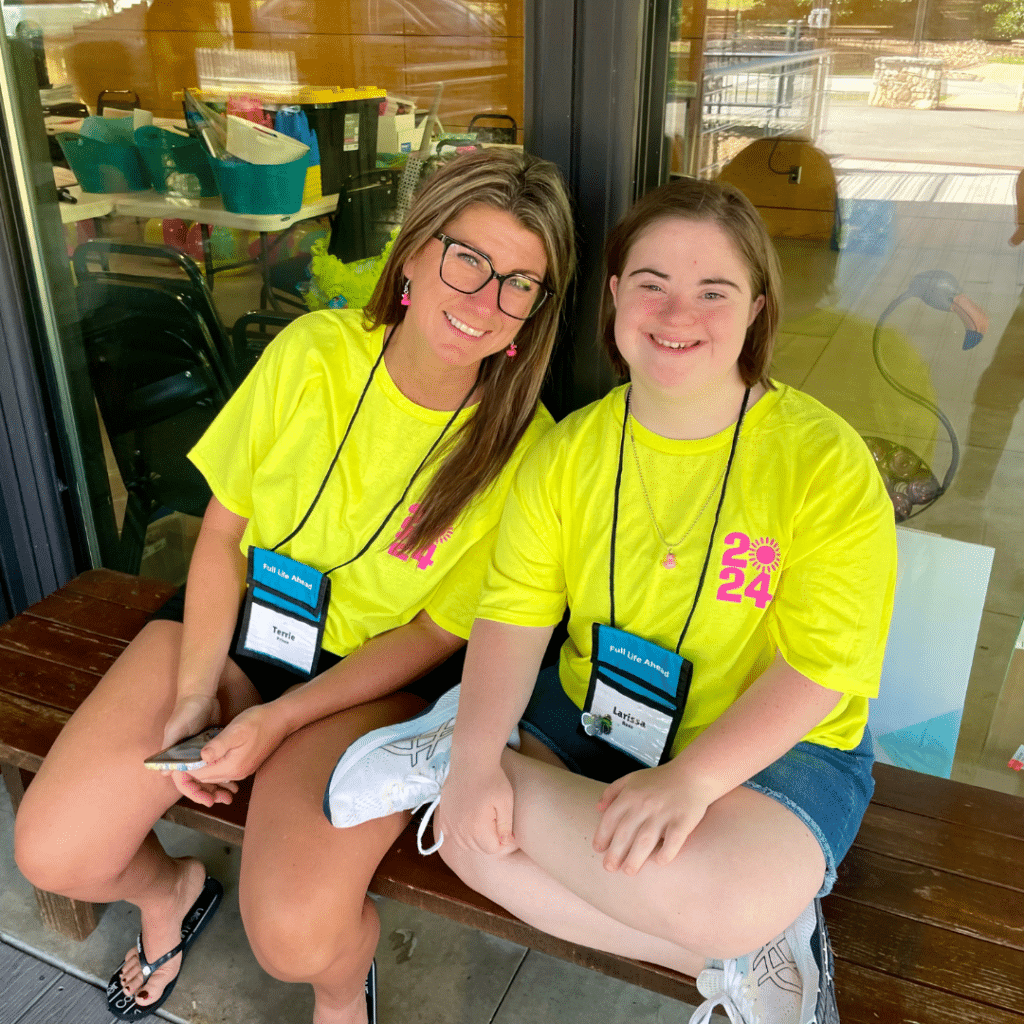The leaves are turning, the colors are rich this year with oranges and reds. In Denver, we have had our first brush with winter. October marks the seasonal advent of fall and it is also National Disability Employment Month.
This month let’s celebrate Alabama’s Employment First efforts and the passage of the 2014 Workforce Opportunities and Innovation Act (WIOA), a strongly bipartisan bill written to improve employment outcomes for people with disabilities across the country. A significant focus of the bill is supporting transition-aged youth getting off to a good start with a job before they graduate.
What could Employment First (EF) and WIOA mean to you and your family?
Let’s look closer.
Your Alabama APSE Employment First Chapter presented this video at the June 2018 APSE Conference. Watch it. Project Search has been a successful worldwide initiative to work with students with intellectual and developmental disabilities to participate in medical centers as interns giving them valuable work experience.
And for those you who want to dive deeper into the data, the State Leadership Employment Network (SELN) has a state report on Employment First in Alabama. A noteworthy aspect of the report is the wholehearted commitment of a dedicated group of leaders who have the vision and the commitment to raise employment outcomes for people with disabilities.
Here are a few highlights. To view the rest of the report click on the link below.
To assist in prioritizing work in this area and to address obstacles and learn from other states’ efforts in the employment arena, Alabama Department of Mental Health/Developmental Disabilities (DMH/DD):
- Alabama joined the SELN,
- Alabama continued and prioritized the Employment Workgroup of its established DD Subcommittee advisory body,
- Alabama joined the U.S. Department of Labor’s Office of Disability Employment Policy (ODEP) Employment First (E1st) State Leadership Mentoring Program, and, established and lead an interagency Employment First Team for state agency collaboration.
http://www.employmentfirst-bama.org/documents/SELN_AL_Findings_Observations_2-27-15.pdf
An important part of the national endeavor towards improving both employment and economic outcomes for people with disabilities is the WIOA legislation.
A brief explanation of WIOA comes from the Alabama State WIOA Plan and is as follows.
The publicly-funded workforce system is a national network of Federal, State, regional, and local agencies and organizations that provide a range of employment, education, training, and related services and supports to help all job seekers secure good jobs while providing businesses with the skilled workers they need to compete in the global economy.
WIOA’s six core programs are—
- The Adult Program (Title I of WIOA),
- The Dislocated Worker Program (Title I),
- The Youth Program (Title I),
- The Adult Education and Literacy Program (Title II),
- The Wagner-Peyser Act Program (Wagner-Peyser Act, as amended by title III), and
- The Vocational Rehabilitation Program (Title I of the Rehabilitation Act of 1973, as amended by Title IV). States have a choice between a Unified State Plan or Combined State Plan.
The State of Alabama chose the Combined State Plan. This plan includes the Adult Worker Program, Dislocated Worker Program, Youth Program, Wagner-Peyser Act Program, Adult Education and Family Literacy Act Program, and Vocational Rehabilitation Program as well as one or more of the optional combined State Plan partner programs identified below.
Vocational Rehabilitation now must spend 15% of its total budget on transition-aged youth. For you parents of school-aged children, this is an important change. Additionally, apprenticeships and internships are to be further developed by giving young people work experience before graduation.
Alabama is targeting employment growth in both traditional industries like automotive and shipbuilding but also nanotechnology and robotics. Where does that leave people with disabilities?
Good question. Job development, coaching and apprentice opportunities need to prepare people with disabilities for jobs in these areas. Schools need to raise expectations providing learning opportunities that support 21st Century employment in Alabama. A new generation of job developers and job coaches needs to be recruited and for those who have lots of experience in the field, we need to provide adequate training in the technology supports on the job.


